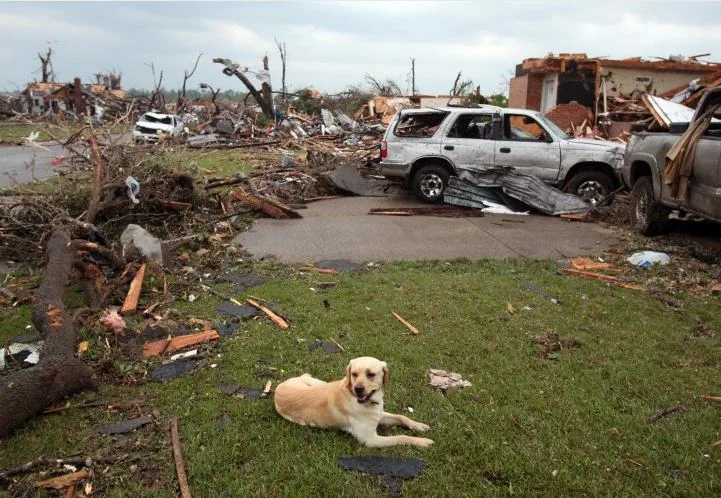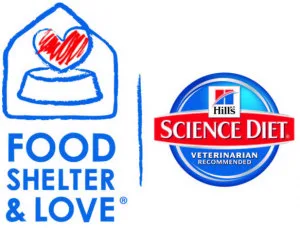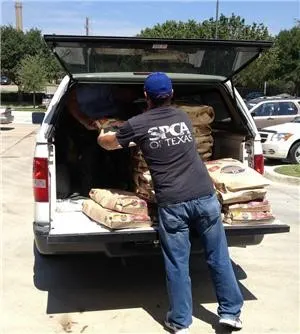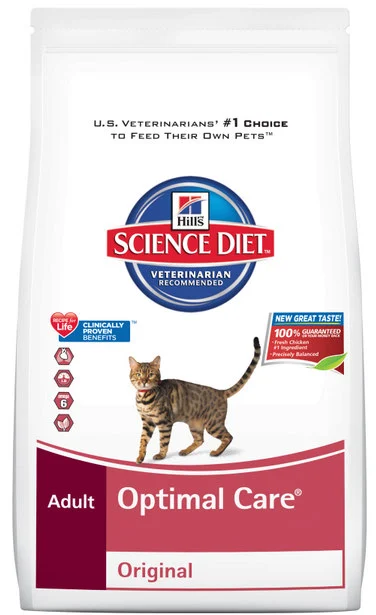This post is sponsored by Hill’s. I am being compensated for helping spread the word about Hill’s® Food, Shelter, & Love® Program, but Bullock’s Buzz only shares information we feel is relevant to our readers. Hill’s Pet Nutrition, Inc. is not responsible for the content of this article.
Being Prepared with a Pet Disaster Plan & Hill’s Disaster Relief Network

On April 27th, 2011, as part of the massive April 25–28, 2011 tornado outbreak, an EF4 tornado touched down in rural northern Greene County and moved northeast through southern Tuscaloosa and western Jefferson Counties, before it lifted. That tornado alone (there were 29 confirmed tornadoes in Central Alabama on this day, and 62 confirmed tornadoes across the State of Alabama) cut an 80.7 mile long path of destruction from Tuscaloosa all the way through my hometown of Birmingham. In addition to the human toll, and the millions of dollars worth of destruction, over 1800 animals were displaced and taken to the local shelters*.

Tornadoes are but one of the many disasters that can separate animals from their families. When these disasters occur, animal shelters and rescues play a huge role. While animal rescue is stressful under the best of times, when there are hundreds of displaced pets brought in, it becomes overwhelming. In addition to trying to find space for all of the animals, there is concern about medications and food. That’s where Hill’s Pet Nutrition comes in.

Hill’s Food, Shelter Love Disaster Relief Network
In 2013, Hill’s established a first-of-its-kind national disaster relief network in 2013 as an extension of its Food, Shelter & Love™ program. The Hill’s Disaster Relief Network is focused on pet nutrition support in the case of an emergency. When disaster does strike, the Hill’s Disaster Relief Network is positioned to quickly respond with shipments of pet food to the communities impacted by a disaster.

In its first year of operations alone the network delivered free pet food to 50 shelters and vet clinics across the U.S. in response to 11 major disasters including floods in Colorado, fires in Idaho and Arizona, tornadoes in Oklahoma and Kansas, the fertilizer plant explosion in Waco, Texas, the mudslide in Washington, and the tornadoes in the central and south regions of the country. They are currently involved with 110+ shelters covering all 50 states.

May 9 is FEMA’s National Animal Disaster Preparedness Day.
Are you and your pet prepared in case of an emergency? You never know when a disaster or emergency will occur. It helps to have a pet disaster plan in place just in case. Use these helpful tips below to create your own pet disaster plan.
Hill’s Recommends These 7 Tips to Ensure Your Pet’s Safety in an Emergency
1. Make sure your pet can easily be identified by a microchip or collar ID tag. Be sure the information is up-to-date.
2. Keep a “Pet Emergency Go-Kit” in an easy-to-reach area in an emergency. Your kit should include:
- 3-day supply of pet food in a waterproof container (be sure to replace food supply regularly to assure it’s fresh)
- bottled water
- 2 bowls for pet food and water
- A safety harness, leash, walking jacket or pet carrier
- waste clean-up supplies including a disposable litter pan and scoop, and/or baggies
- pet medications and medical records
- a contact list of veterinarian and pet care organizations in the area
- Contact information for you (name, phone, address)
- information on your pet’s feeding routine and any behavioral issues
- comfort toys
- blanket
- first aid supplies and guide-book
3. Display a pet rescue decal on your front door or window to let first responders know there is a pet in the house. Be sure to include your veterinarian’s contact information.
4. Learn where your pet likes to hide in your house when they are frightened. Finding them quickly will help you evacuate faster.
5. Identify a location to take your pet if you need to leave your immediate area. Keep in mind that disaster shelters for people may not be open to pets. Scout hotels and motels with friendly policies and ask relatives or friends if they could house you and your pet.
6. Carry a picture of your pet in the event of separation.
7. If you need to evacuate, consider taking a pet carrier or crate if possible for transport and safe-keeping.

Remember, it’s always better to be prepared. Here are some more tips from PetMD on how to be pet-prepared for an emergency.
What is your pet disaster plan? Do you have any tips to share to help ensure pet’s safety in case of an emergency?
*According to Al.com blog
Image of Displaced dog (AP Photo)
